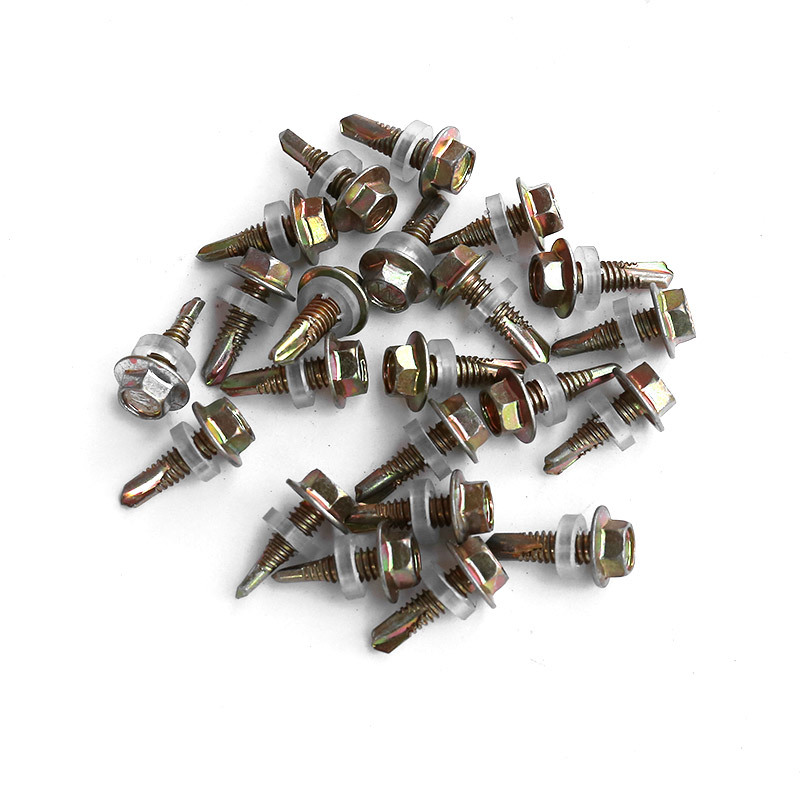

High-Quality M16 Washers for Effective Fastening Solutions and Enhanced Durability
Nov . 25, 2024 06:03 Back to list
High-Quality M16 Washers for Effective Fastening Solutions and Enhanced Durability
Understanding M16 Washers Importance, Types, and Applications
M16 washers are essential components in various engineering and construction applications, primarily used to distribute load, reduce friction, prevent damage to surfaces, and enhance the stability of fastened joints. The M in M16 indicates that the washer is designed for a metric diameter of 16 millimeters, making it an integral part of many projects involving bolts and screws of similar specifications.
Importance of M16 Washers
The primary function of a washer is to ensure a secure and stable connection between two or more parts. When a bolt is tightened, the pressure exerted can cause the bolt’s head or nut to dig into the material being fastened, which can lead to material deformation, loosening over time, or even failure of the assembly. M16 washers combat these issues by acting as a buffer. By distributing the load over a larger surface area, they minimize the risk of damage to the material beneath the bolt or nut.
Moreover, washers play a crucial role in preventing vibrations from loosening fasteners, especially in applications where the assembly is subjected to dynamic loads. This characteristic is vital in industries like automotive and aerospace, where safety and reliability are paramount.
Types of M16 Washers
There are several types of M16 washers, each designed to suit specific applications
1. Flat Washers These are the most common type of washer. They are simple, disc-shaped pieces of metal that are used to provide a smooth bearing surface. Flat washers come in various thicknesses and materials, including steel, stainless steel, and plastic.
2. Spring Washers Also known as lock washers, spring washers are designed to exert a constant force under compression. They are particularly useful in applications where dynamic loads are present, as they help prevent loosening due to vibration.
m16 washers

3. Lock Washers These washers typically feature a serrated or toothed surface that digs into the nut or bolt and the material being fastened, providing extra grip. This makes them ideal for applications where high levels of resistance to loosening are necessary.
4. Belleville Washers These are a type of spring washer that has a conical shape. They provide a variable load and are commonly used in applications that demand a high degree of preload or tension.
5. Shoulder Washers These washers have a raised inner edge and are used to prevent wear and align components, making them ideal for applications with electrical insulation requirements.
Applications of M16 Washers
M16 washers are utilized in a multitude of industries including construction, automotive, aerospace, and machinery manufacturing. For instance, in construction, they are often used in structural assemblies where stability and strength are necessary. In the automotive industry, M16 washers are employed in engine components and suspension systems to ensure that critical parts remain securely fastened under varying conditions.
Furthermore, M16 washers are essential in electrical applications where grounding of components is vital. The washer's larger surface area helps in distributing electrical current safely while preventing corrosion at the connection points.
Conclusion
In summary, M16 washers are fundamental components in many mechanical assemblies, providing load distribution, surface protection, and increased stability. Understanding their importance, types, and specific applications can significantly enhance the integrity and reliability of mechanical systems. As industries continue to evolve with new materials and engineering challenges, the role of washers like the M16 will remain crucial in ensuring that mechanical fastenings withstand the test of time and performance. Whether you are an engineer, contractor, or DIY enthusiast, recognizing the value of M16 washers is essential for successful project execution.
Latest news
-
Premium Fasteners Manufacturer | AI-Driven Solutions
NewsAug.01,2025
-
Hot Dip Galvanized Bolts - Hebei Longze | High Strength, Corrosion Resistance
NewsAug.01,2025
-
High-Strength Hot Dip Galvanized Bolts - LongZe | Corrosion Resistance, Custom Sizes
NewsAug.01,2025
-
Best Self Tapping Screws for Drywall - Fast & Secure Installation
NewsJul.31,2025
-
High-Strength Hot Dip Galvanized Bolts-Hebei Longze|Corrosion Resistance&Customization
NewsJul.31,2025
-
Hot Dip Galvanized Bolts-Hebei Longze Metal Products|Corrosion Resistance&High Strength
NewsJul.31,2025

